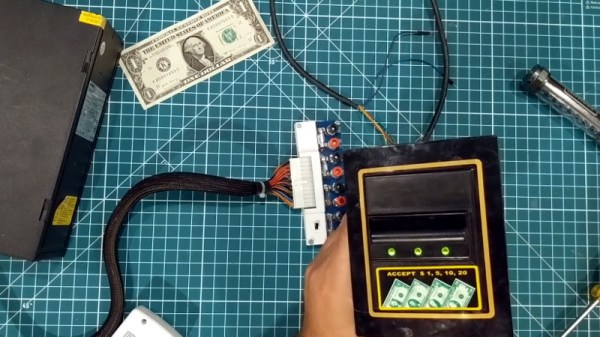Some say there’s no treasure quite as valuable as the almighty dollar. [Norbert Zare] likes alt-rock soundtracks on Youtube videos and robots obsessed with money, so set about building the latter.
The project is fundamentally a simple one. A Raspberry Pi 3B+ is outfitted with a Pi Camera, and set up to control twin servo motors attached to a simple pan/tilt assembly. The Pi runs OpenCV set up in a face-tracking mode. This allows the robot to readily track money in its field of view, as the vast majority of money out there has someone’s face on it. OpenCV is used to detect where the money is in the field of view, and guide the Pi’s camera towards the cash.
It’s a neat repurposing OpenCV’s face detection algorithm, and that’s much faster than training your own money-tracking system. However, it seems like the robot would also track regular human faces, too. Perhaps it could be optimised to do a color check, such that only greyscale or green faces were followed by the robot.
Does the project do anything useful or important? Arguably no, but if a robot can be this obsessed with money, perhaps we all can learn something. Alternatively, it might just have served as a useful project for [Norbert] to learn about programming and mechatronics projects. Either way, we dig it. Code is on Github for the curious.
Using OpenCV in this way has become common over the years. If you want to detect cats, however, maybe consider giving Tensorflow a try. Video after the break.
Continue reading “This Robot Can’t Keep Its Eyes Off The Money”





















